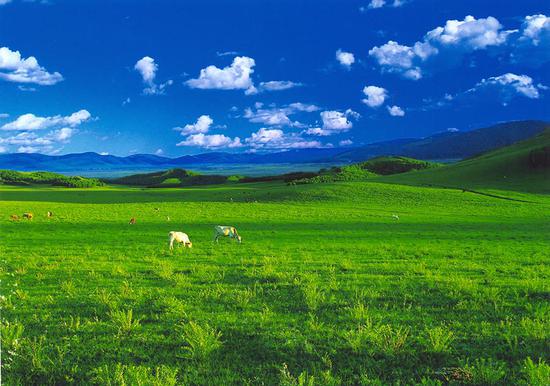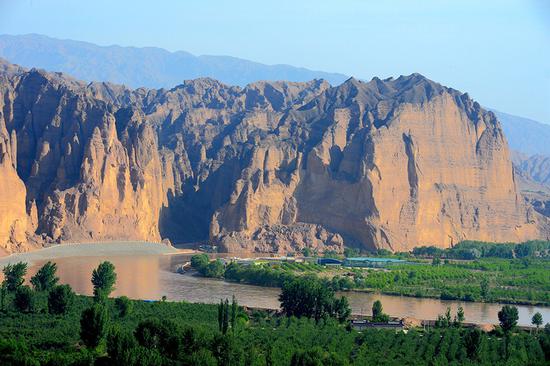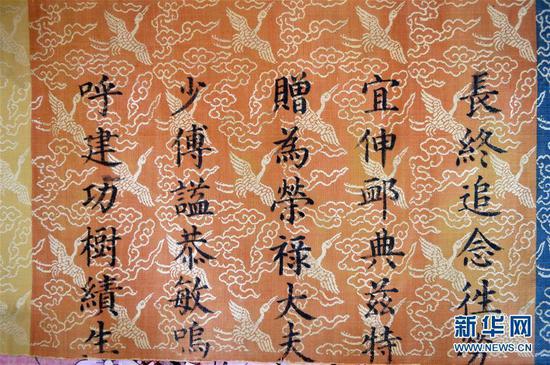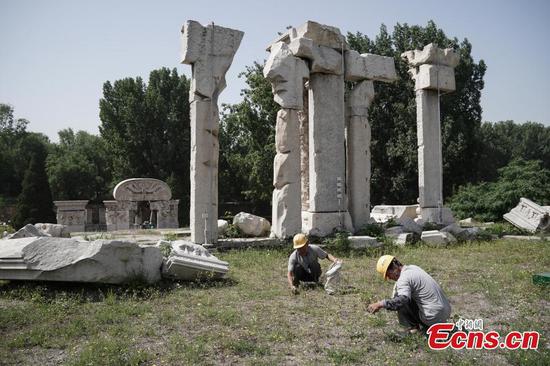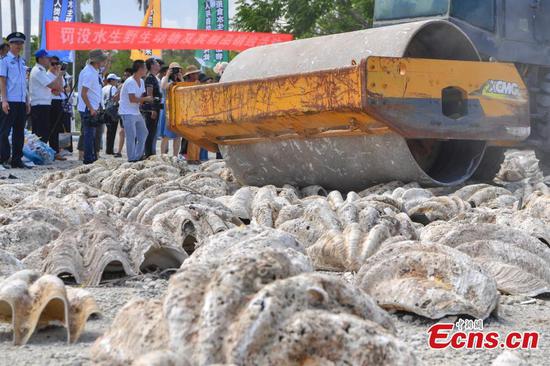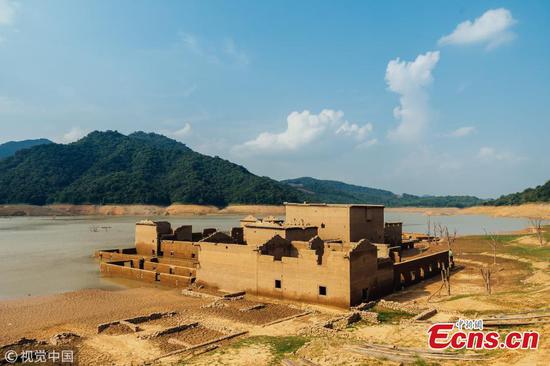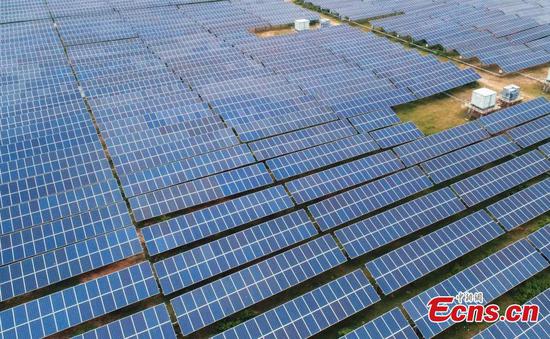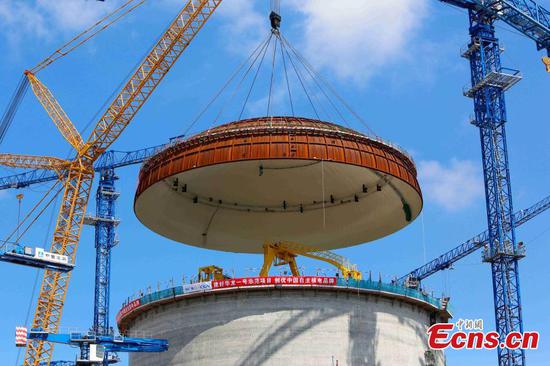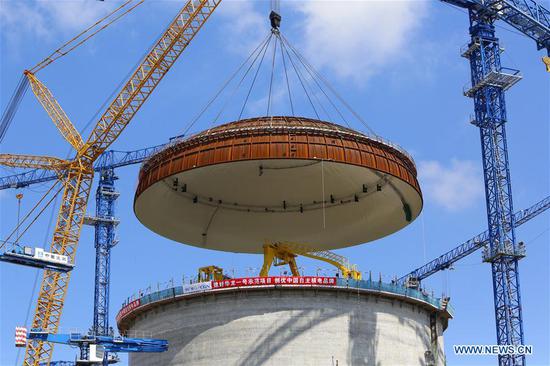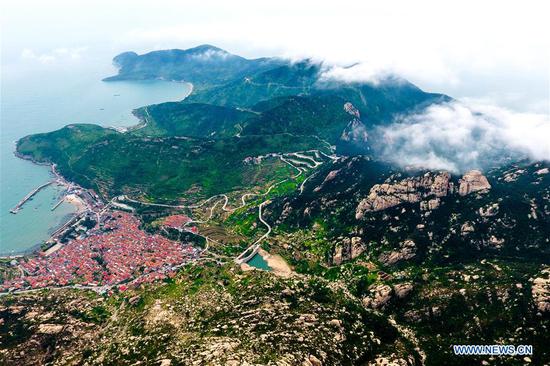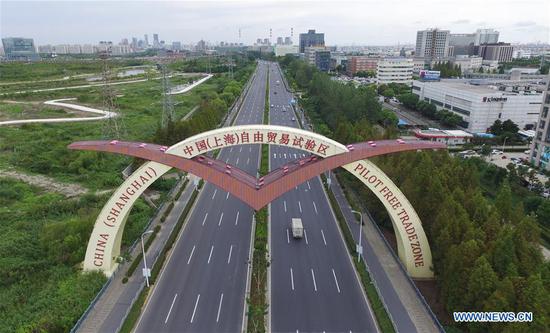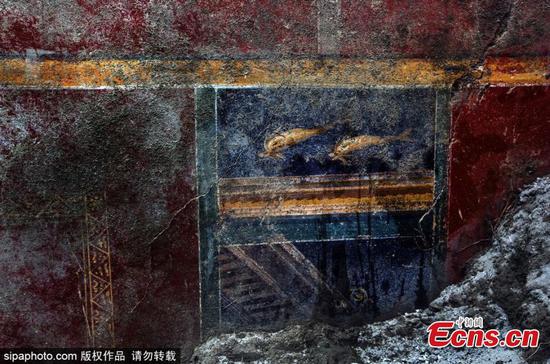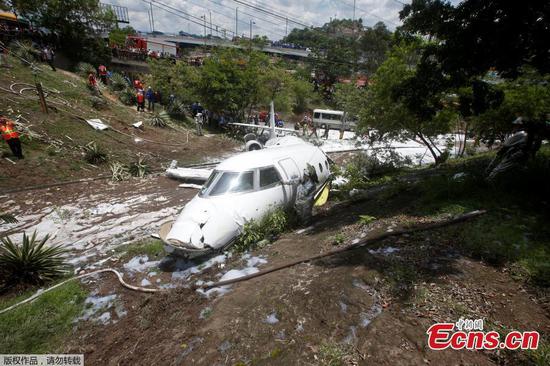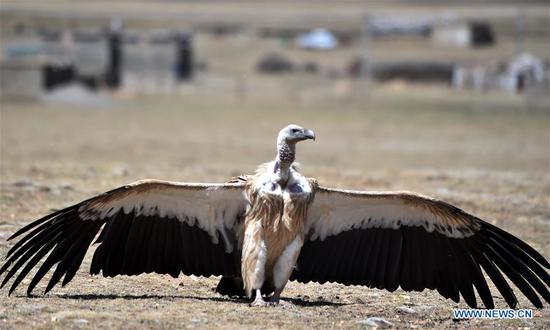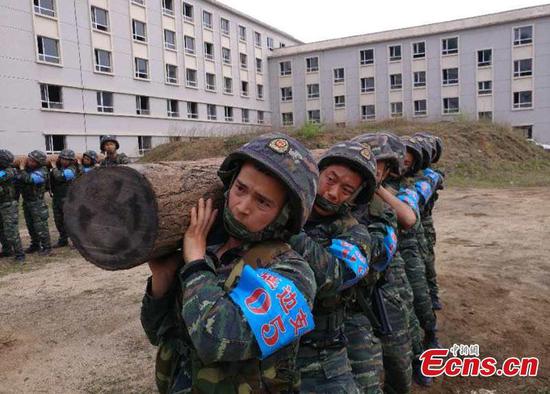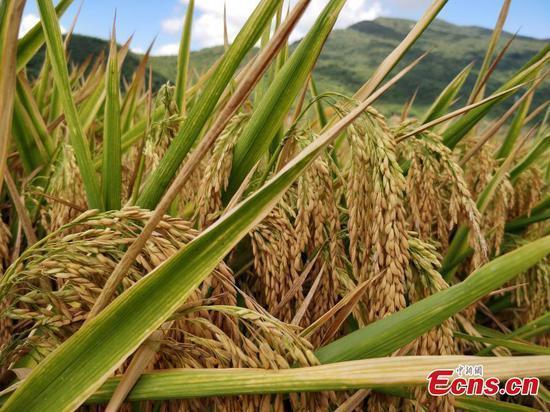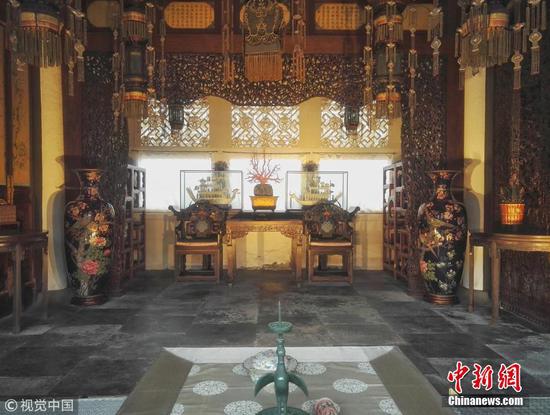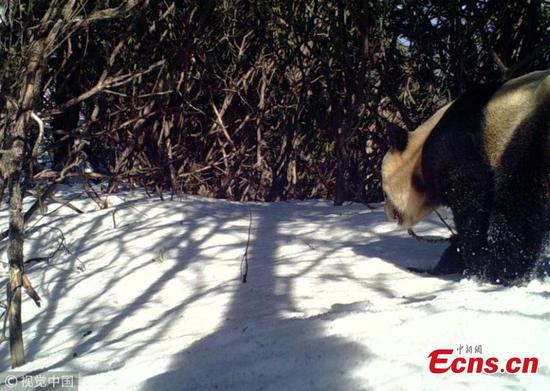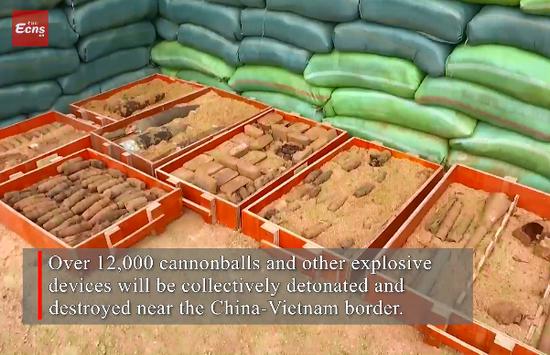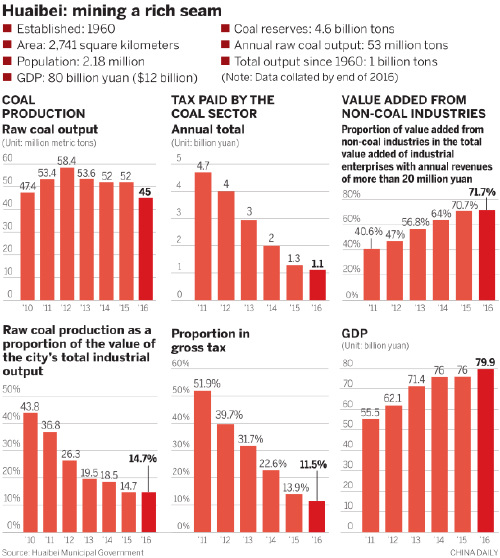
(Graphics/China Daily)
Environmental projects
Although it created wealth, the mining industry also triggered a range of environmental problems, and 23,500 hectares of land subsided, meaning 275 villages had to be relocated and more than 200,000 farmers were left without land to work.
The city covers 2,741 square kilometers, with about 235 sq km affected by subsidence, according to the local land and resource authorities.
Ecological restoration work began in the 1980s. Since then, a 5-square-kilometer area of subsidence has been converted into the Nanhu Wetland Park, which last year passed an evaluation conducted by the provincial tourism authorities and is expected to be listed as a national AAAA-the second-highest grade in the tourism sector-scenic spot.
"Using the example of Nanhu Lake, the city invested 440 million yuan to restore the 670-hectare Donghu Lake in 2011. Meanwhile, since 2014 more than 2 billion yuan has been spent on work to restore the 2,400-hectare Zhonghu Lake," Zhang said.
"The lakes, as we now call them, resulted from the ground sinking after coal was excavated."
The Donghu Lake project was basically finished in 2014 and now the area is being treated by landscape designers. The work at Zhonghu Lake is expected to be completed by end of the month.
In recent years, the authorities have restored 12,420 hectares of land affected by subsidence, almost half of which has been turned into agricultural land. Other areas have been earmarked for construction and aquaculture.
"A lot of the residential communities and government buildings in the new areas are built on areas affected by subsidence," said Zhang, whose office sits on one of the sites.
The city lacks water sources, so a canal has been dug to bring 80 million to 130 million cubic meters of water annually from the Huaibei River more than 100 kilometers away. The lakes will also serve as reservoirs.
Decades of afforestation work have resulted in previously bare hills being covered with woodland, according to Tao Shijun, deputy head of the local forestry bureau.
"The hills were barren because there was barely any soil on them", he said.
To plant the trees-mostly a type of conifer called oriental arborvitae-the forestry workers used spades, steel rods and even explosives to dig holes in the stony ground. Then, they had to transport soil and water to the hills.
To date, trees have been planted on 6,670 hectares of once-barren hills, and the city government has constantly increased the financial support it provides. About 86 percent of the conifers were planted from 2009 to 2015 as part of a "green" program.
Now, the city has a forestry coverage rate of nearly 21 percent, setting a good example for provincial afforestation projects, Tao said.












